Mike Brooks
Cannon
- Joined
- Jul 19, 2005
- Messages
- 6,686
- Reaction score
- 33
Bird shot is common at all historical dig sites.

Dan Phariss said:Capt. Jas. said:I love to go wingshooting with people who have rear sights on their fowling pieces. :grin:
I kinda doubt the folks that wanted hind sights on their trade guns back in the day even HAD any small shot, much less wanted to go wing shooting.
Dan
Mike Brooks said:Bird shot is common at all historical dig sites.
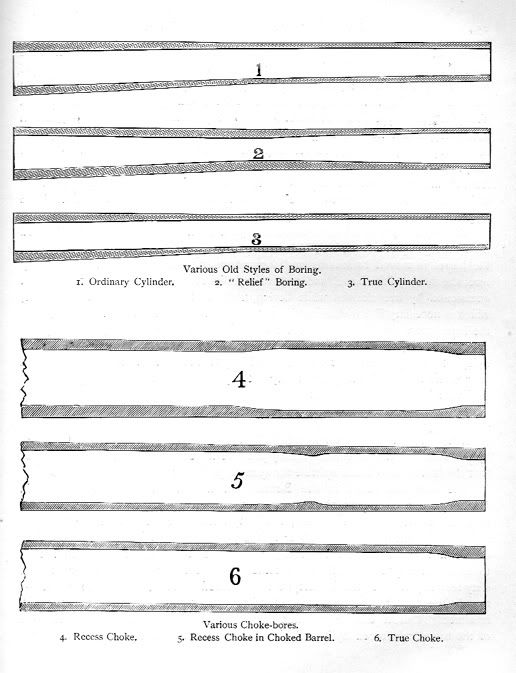
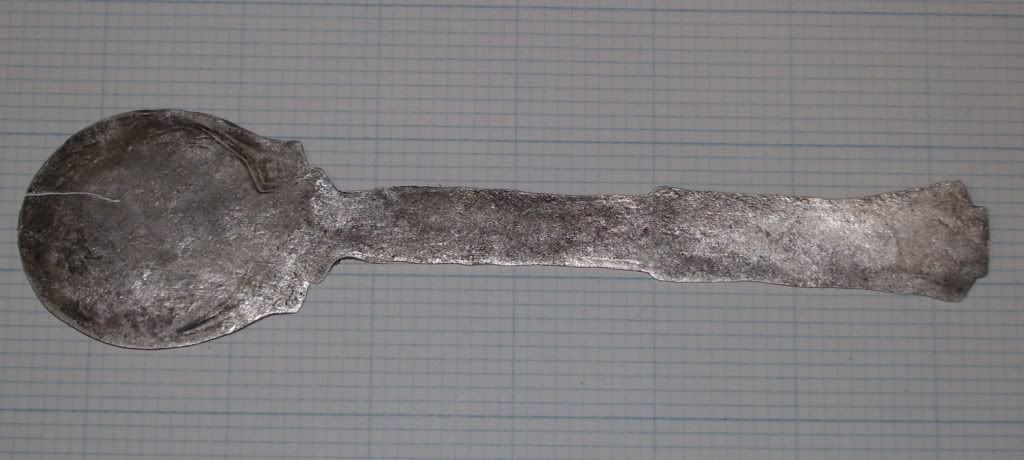
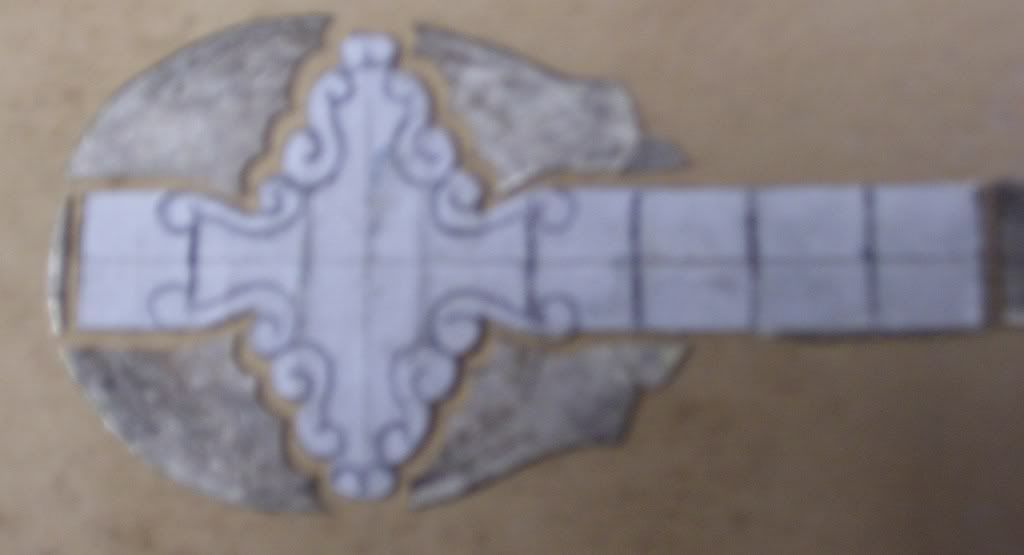
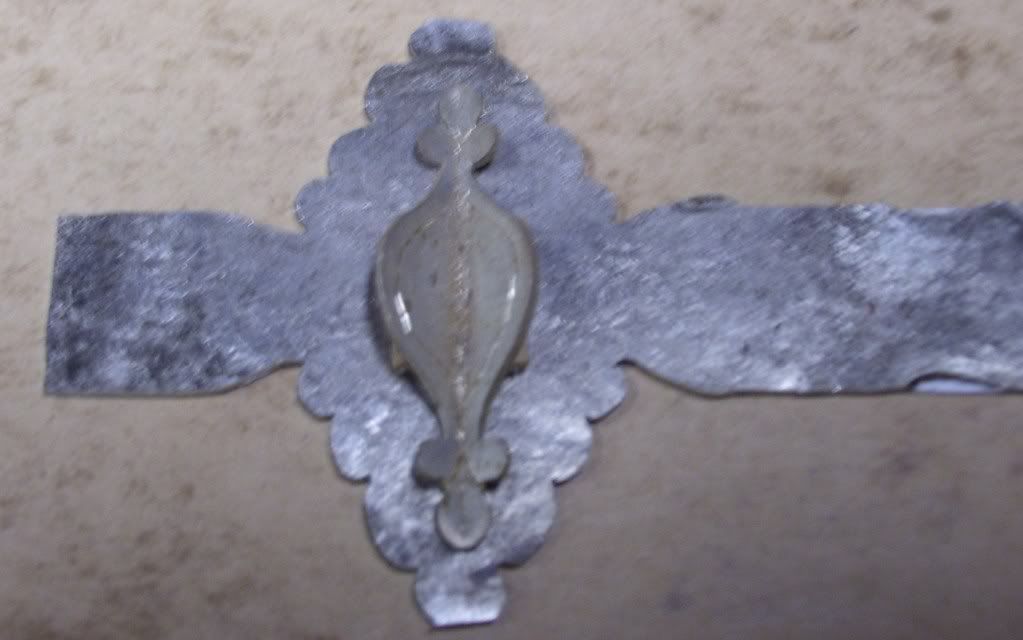
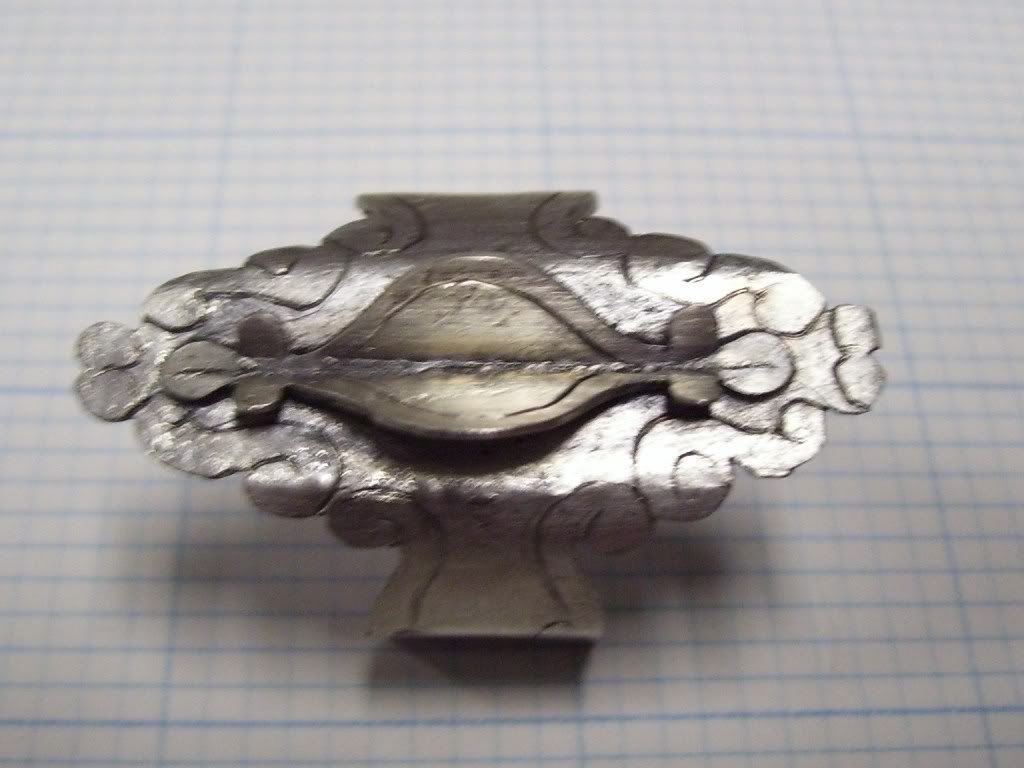
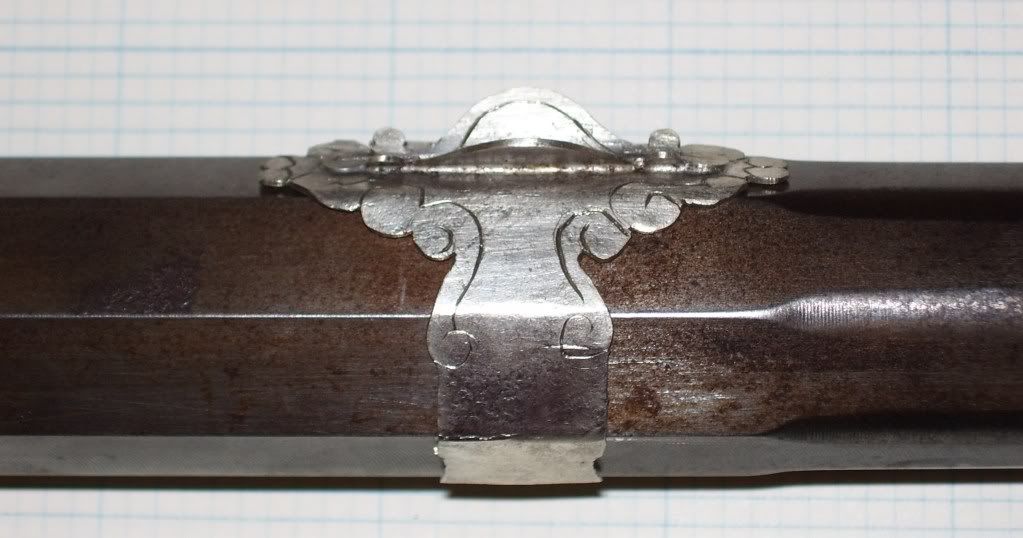
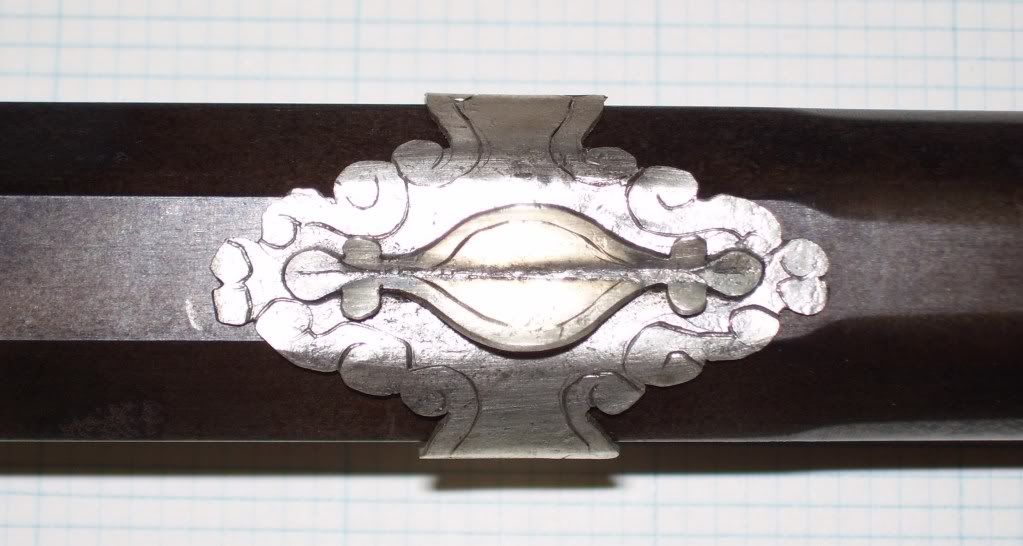
Dan Phariss said:Mike Brooks said:Bird shot is common at all historical dig sites.
The clerk at Ft. Union or Ft. Laramie might have used it but I doubt the natives used much in these locales. Nor do you find small shot in the Rendezvous inventories so far as I have found.
Yes, especially around the Great Lakes they used a lot of small shot. Out here its not of much use unless the geese are around though we have had pretty decent upland bird populations the last 3 years or so. One could kill far more meat with the same amount of lead as a RB.
Most shotguns back in the day would be a cylinder bore of some sort or taper bored from the breech to mid-point then taper bored to the mid-point from the muzzle.
Now we have all sorts of modern dodges, shot cups (actually a form of these was used in the 19th century in Britain) jug chokes etc to make a ML perform like a modern choked gun then they think they are hunting traditional.
I suspect the typical smoothbore on the frontier, especially before the shot tower was less effective than many think.
Dan
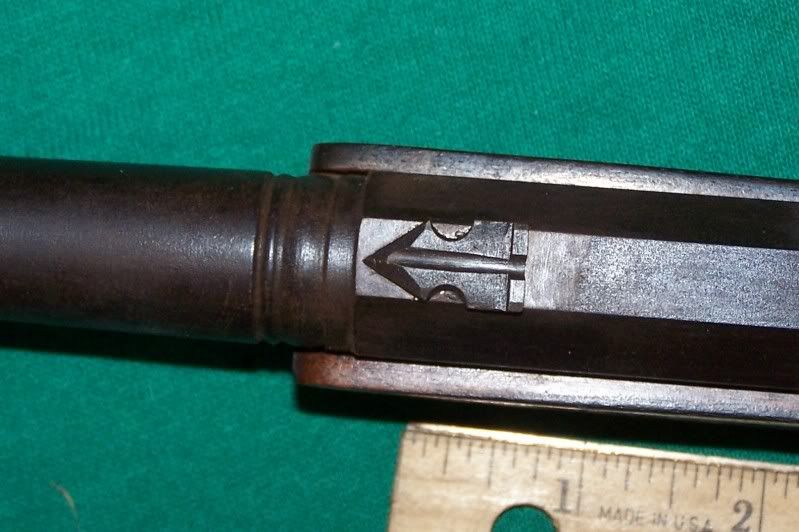
CoyoteJoe said:Many of the Northwest Trade Guns in the Museum of the Fur Trade have rear sights. They vary from quite crude, just a burr of metal raised with a chisel, to nicely dovetailed brass sights.
Enter your email address to join: